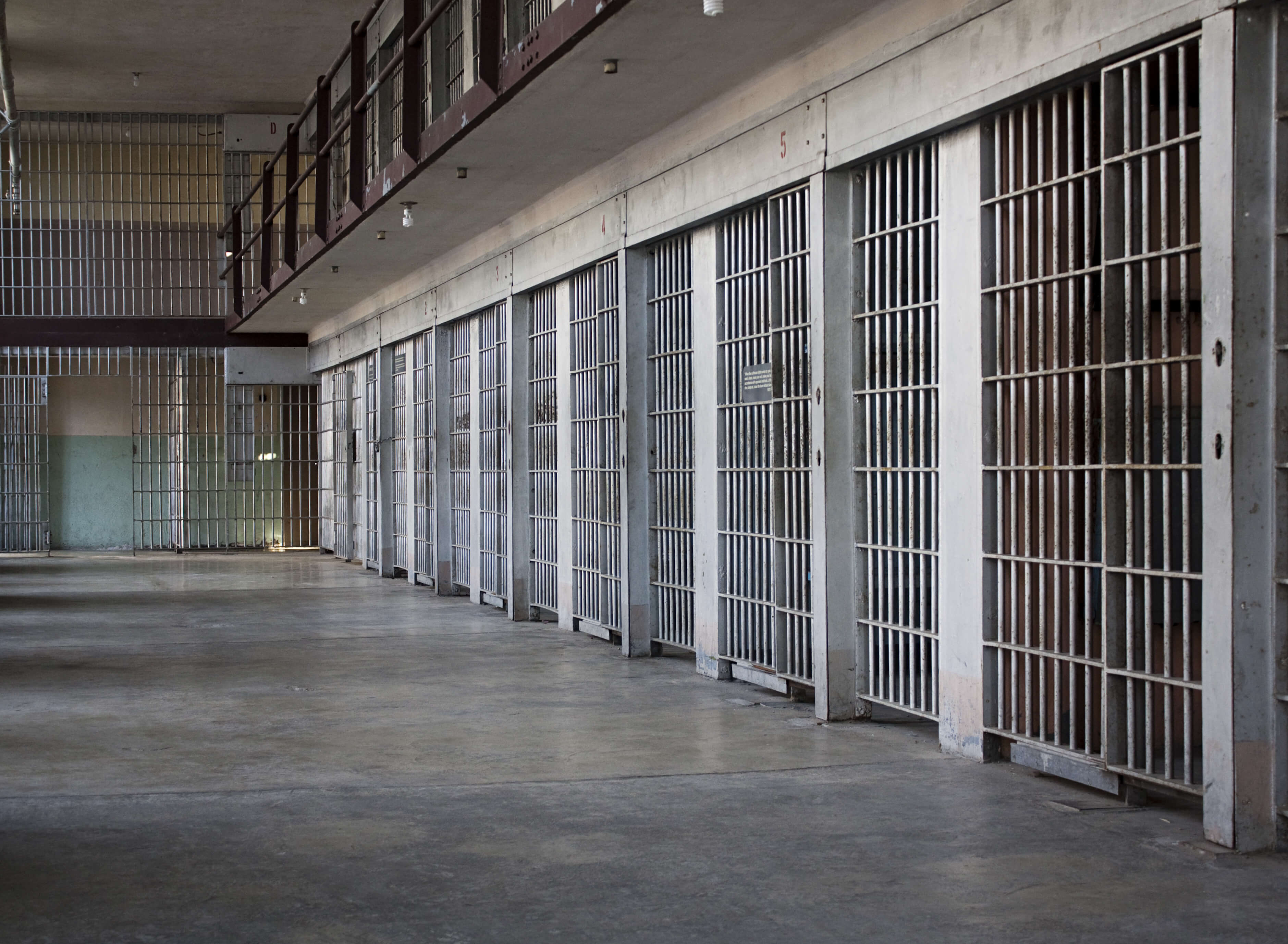In 2012, the U.S. government spent about $265.2 billion on local, state and federal incarceration. On a per-prisoner basis, this can cost upward of $30,000 per person per year. In the state of New Jersey, housing a prisoner for a year costs $44,000 per year — that’s more than a year at Princeton. In California, a year in prison costs the state a whopping $75,560, more than a year at Harvard.
As of 2017, there are more than 2.4 million Americans behind bars. With an incarceration rate of 755 per 100,000 citizens, the U.S. imprisons about six times as many people as most developed European nations. In fact, the incarceration rate in the U.S. is higher than those of China and Russia combined.
How did we get here?
Up until the 1980s, the U.S. incarcerated about 100 out of 100,000 people, lower than the present global average. In the late 70s, our incarceration rate began to increase steadily in response to the politicization of incarceration with the introduction of tough-on-crime rhetoric. This trend only accelerated in the 80s with the onset of the drug epidemic. The laws passed in this period demanded strict punishments for all offenders in federal courts regardless of what the extenuating circumstances might be, including mandatory-minimum sentences for all drug offenses and removing the possibility of parole for all federal offenders.
By the beginning of 2008, the nation reached its highest ever incarceration rate: 760 imprisoned for every 100,000.
Interestingly, the crime rate shows little correlation to the rate of incarceration; they change independently of one another. Incarceration rates rose dramatically not because of an increase in crime but because of stricter laws that made a broader range of offenses jailable and made sentences dramatically longer.
Since 2009, the government has made a concerted effort to stop unnecessary imprisonment of nonviolent offenders to offset spending. The Obama Administration removed the mandatory five-year sentence for first-time cocaine possession under the Fair Sentencing Act. Prison populations remain high but have shrunk as much as 25 percent in some states due to these new regulations.
Why the high individual costs?
The individual price for maintaining an inmate has doubled since 2005, even in spite of the population growing by about one-quarter. Salaries and benefits for correctional officers and medical providers are credited with much of the increase.
Another overlooked reason is that our inmate population is getting older. The people who were sentenced to 50 years to life under tough-on-crime policy 20 years ago are still in prison, and they’re getting old and sick and need to be taken care of by the government. Some prisons have had to create geriatric wards to accommodate the number of older inmates, more closely resembling hospitals or convalescent homes than a prison.
The aging of the prison population is a critical factor in the rising health-care costs being borne by taxpayers. In 2013, the Bureau of Prisons recorded a 55 percent increase in prison medical expenses from 2006, when it spent more than $1 billion.
Takeaway
The culture of mass-incarceration in the United States is excessive by any metric, including government spending. Somehow, we need to reduce the number of sick people in jails, whether it’s through clemency programs for elderly inmates or finding a smart way to reduce healthcare costs for prisons. Over-incarceration leads to the overspending of tax dollars, effectually making all of us pay for their crimes.
Have something to add to this story? Comment below or join the discussion on Facebook.
Header image: Adobe Stock









































